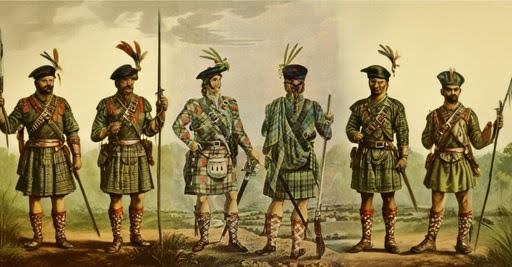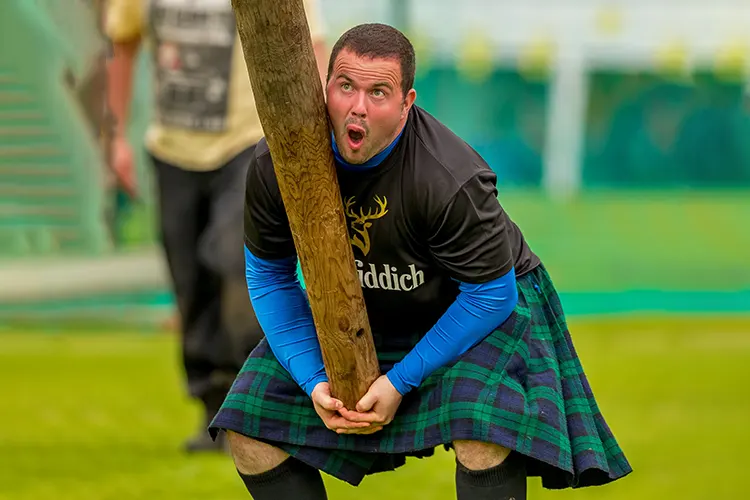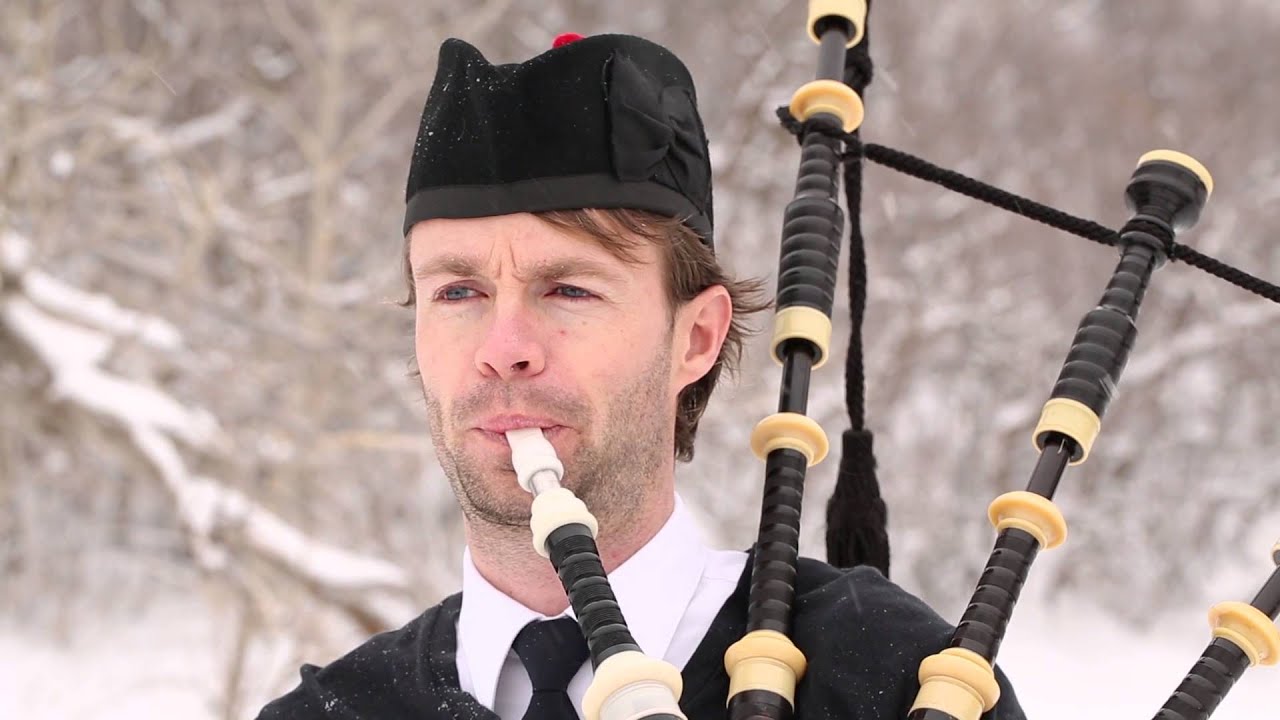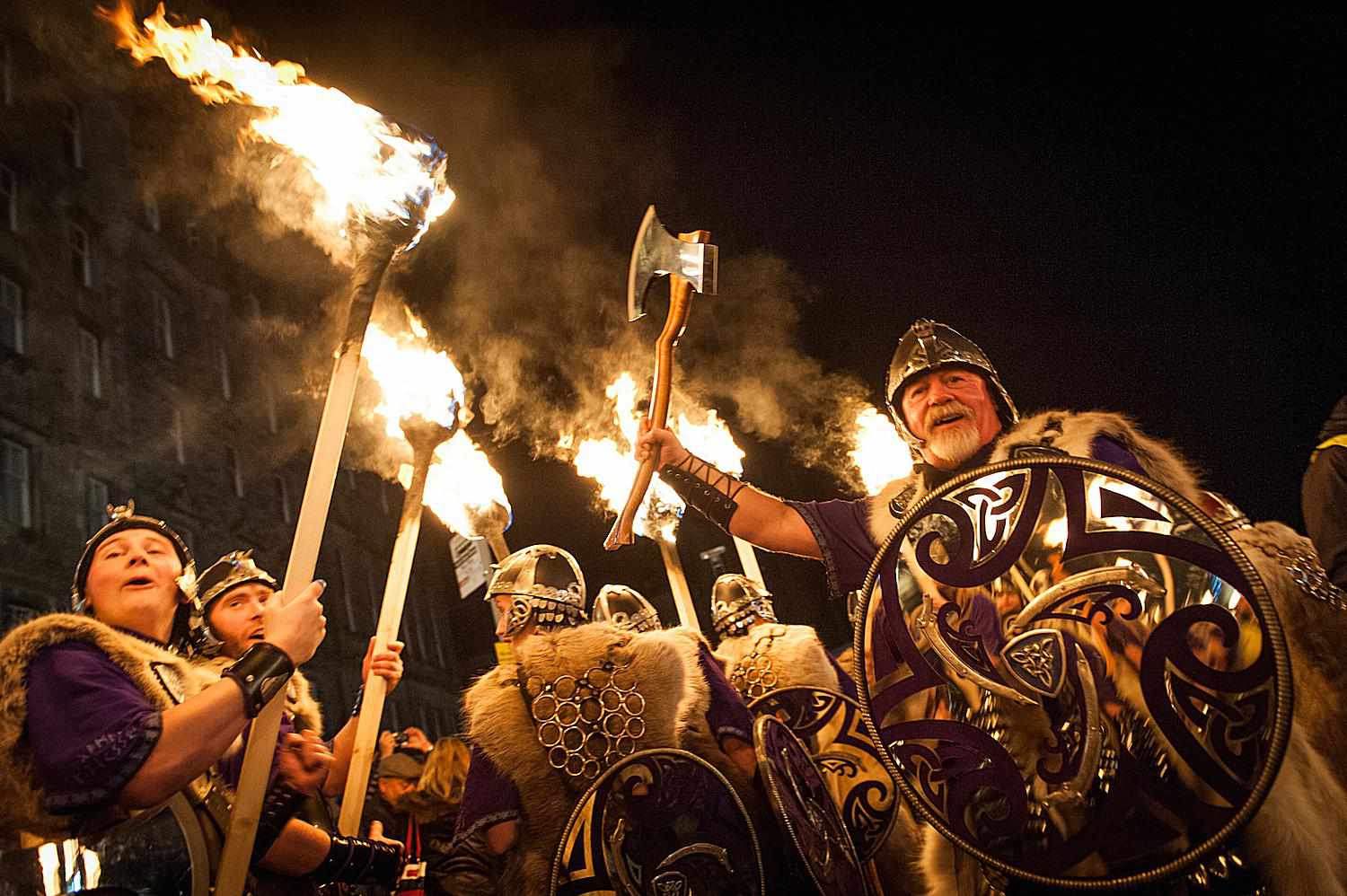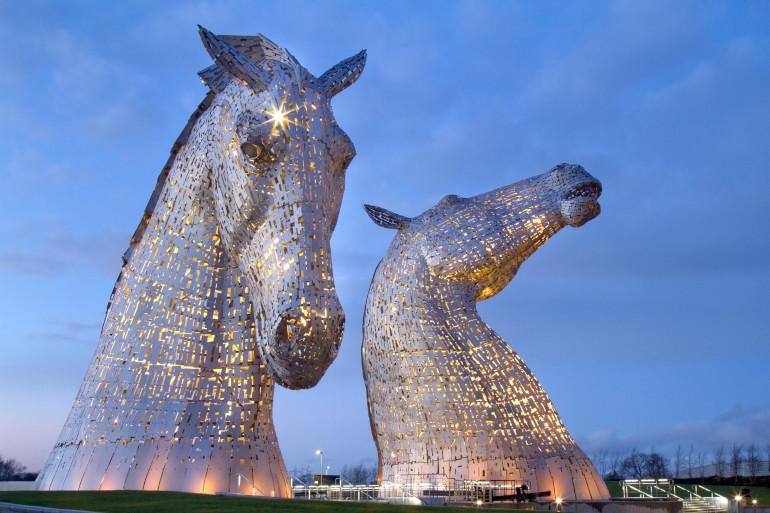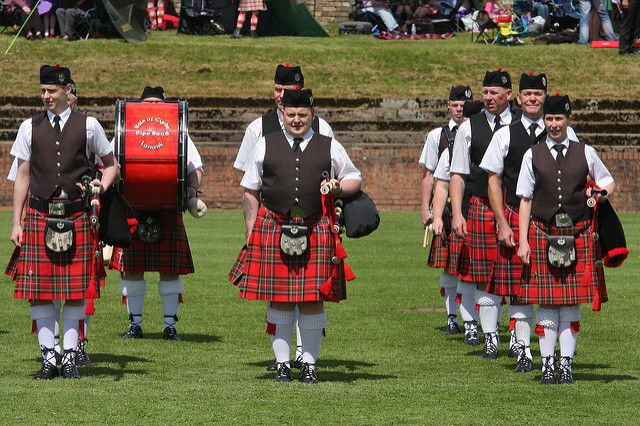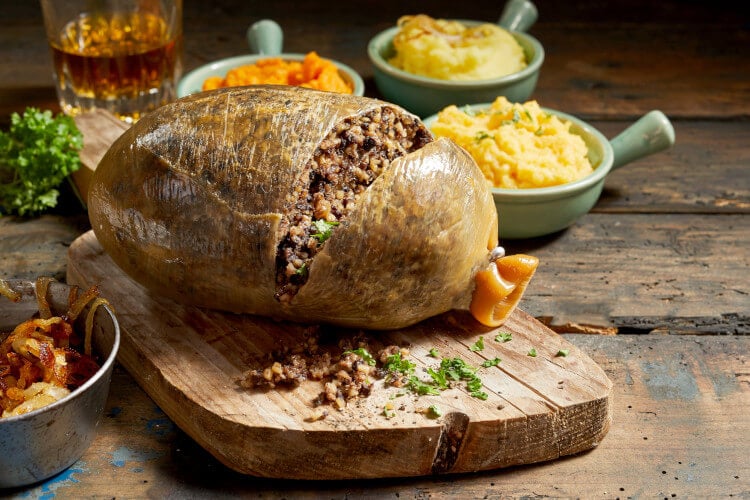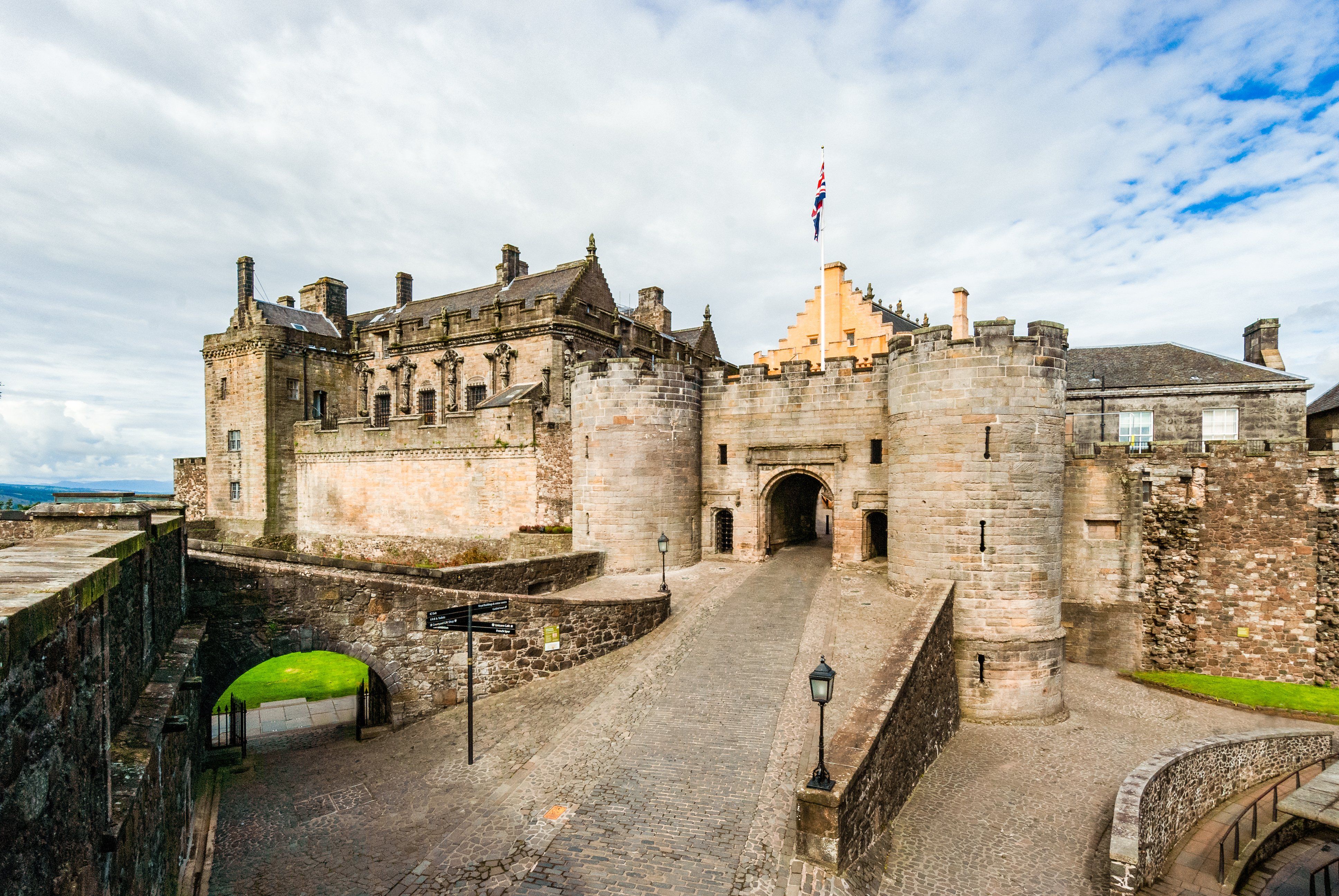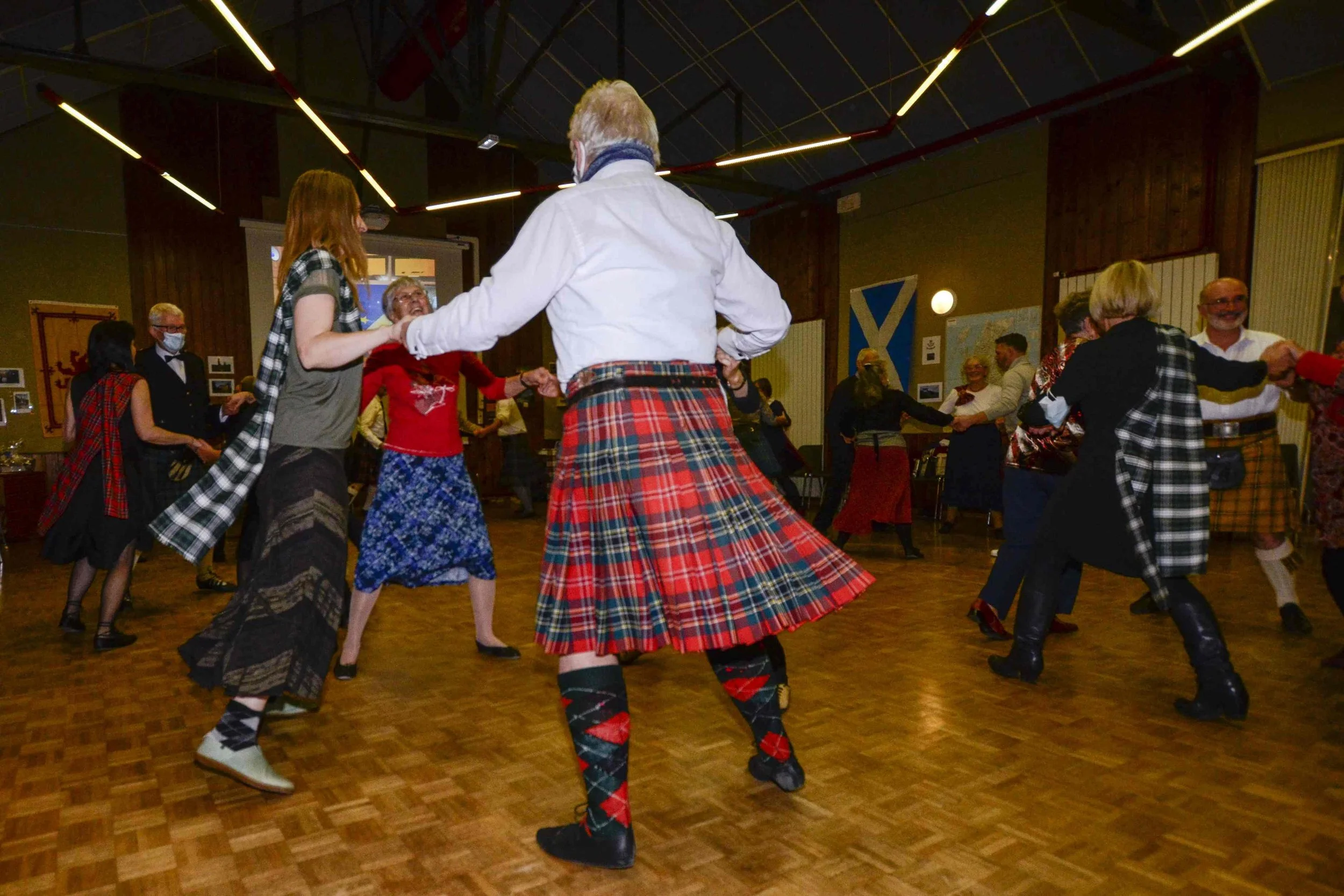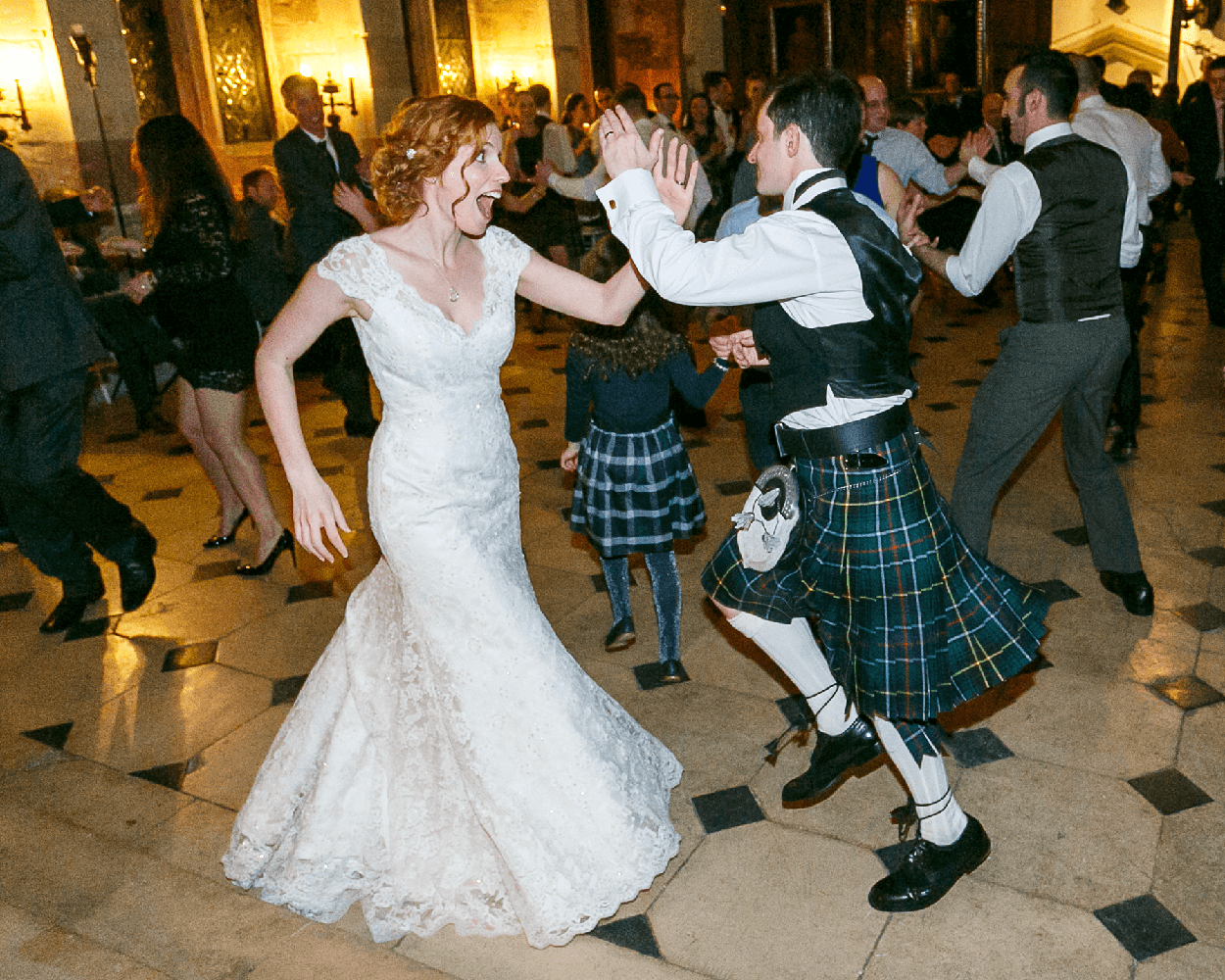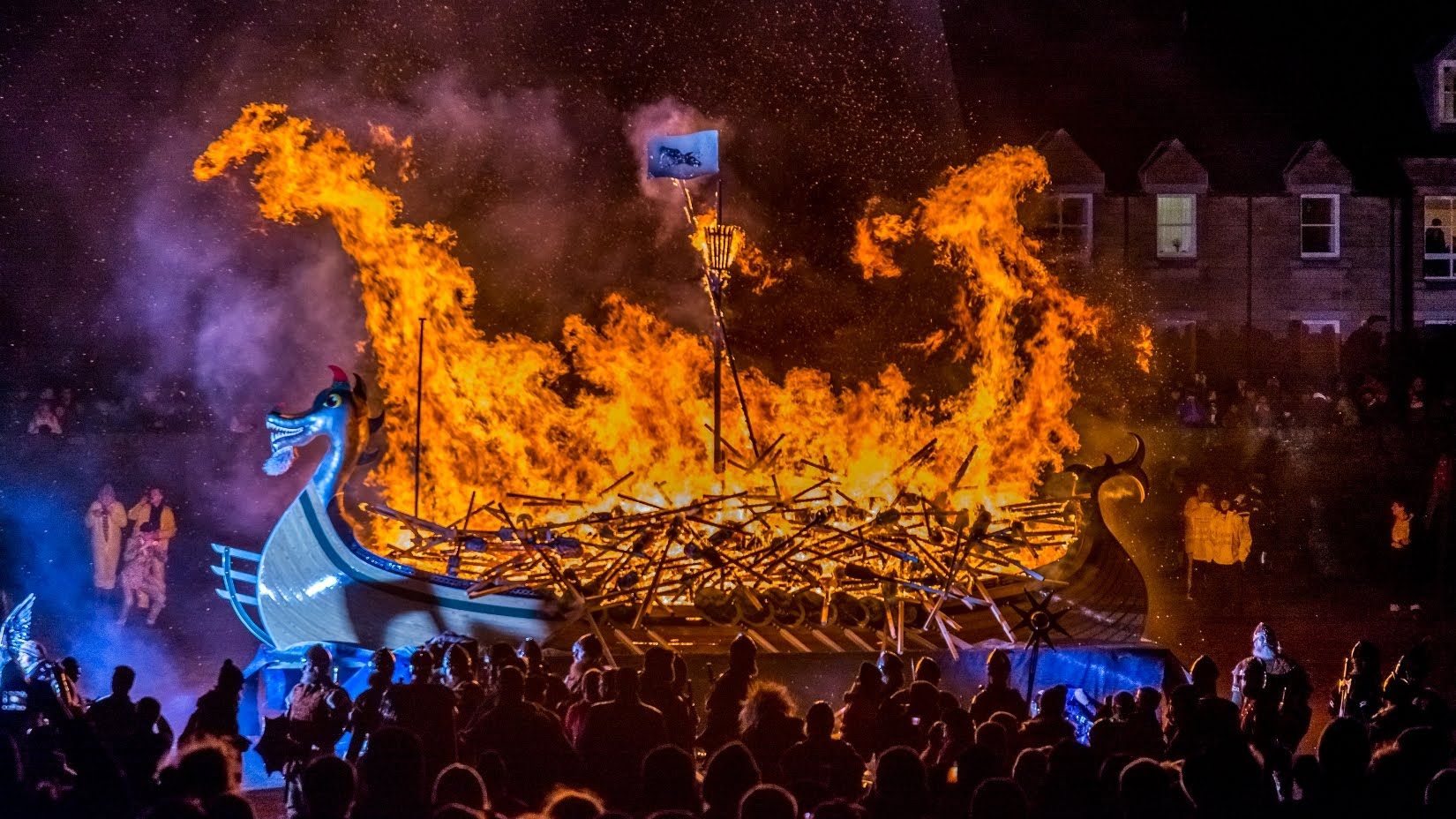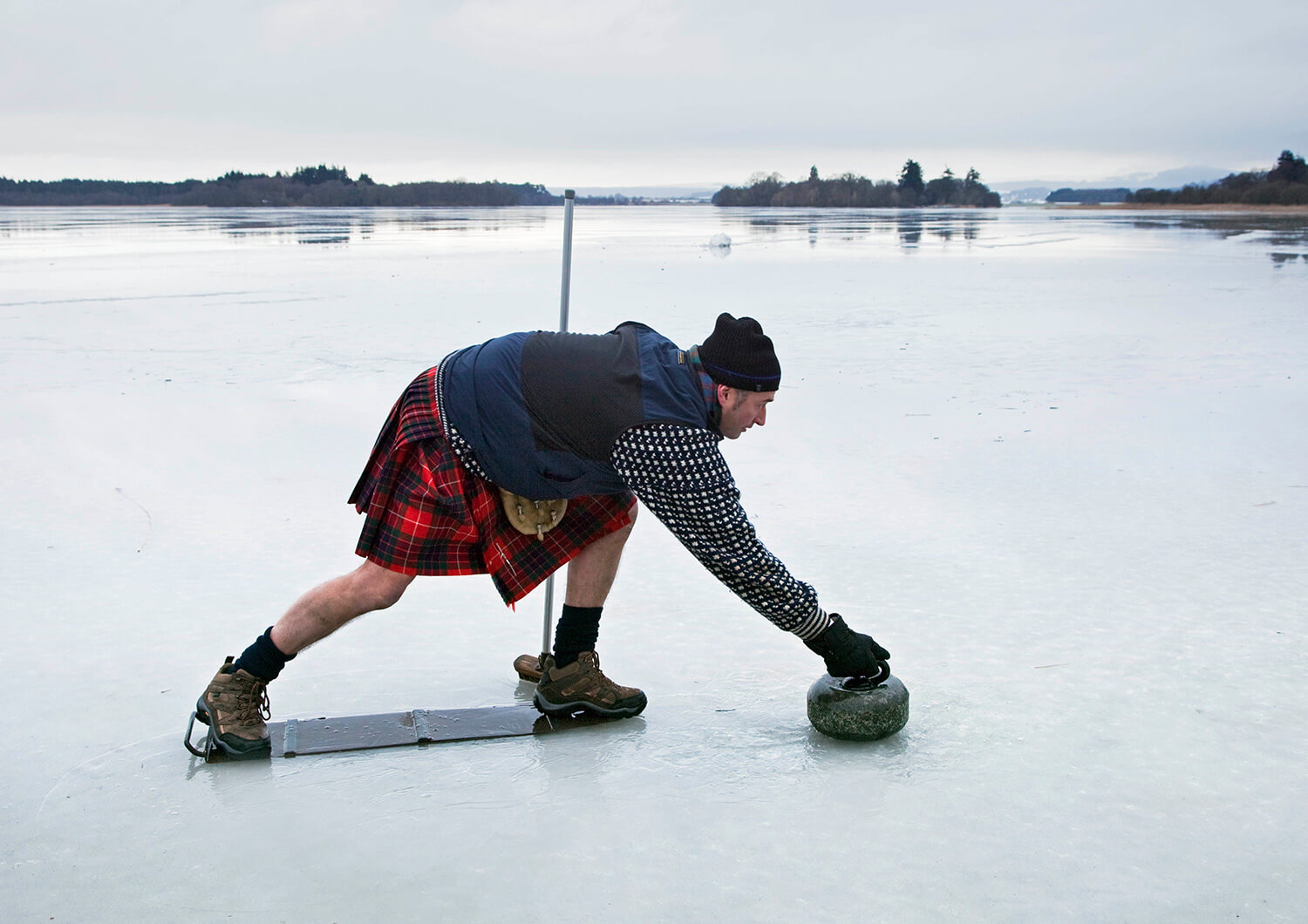Timeless Scottish Customs And Traditions Still Alive Today
Some customs fade, but in Scotland, traditions endure. See which Scottish customs and traditions are still part of daily life today.
Author:Callum FraserAug 24, 202535K Shares875.9K Views
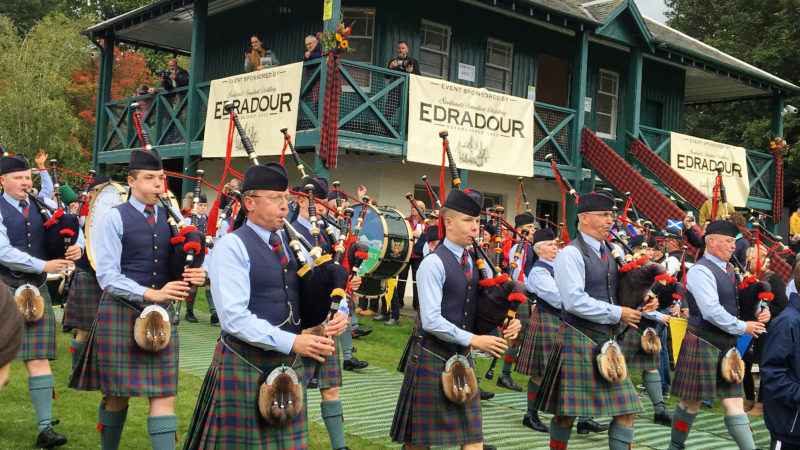
Scottish Customs And Traditions Still Practiced Today
Imagine a world where ancient stories are told through vibrant cloths, where music can stir your very soul, and where even a simple meal has roots stretching back centuries. That’s what it feels like to experience Scottish customs and traditionstruly. Many people know about kilts and bagpipes, but those are just the starting points.
There's a whole world of unique practices, celebrations, and ways of life that make Scotland so special. Come with me, and I’ll show you how these traditions aren't just things of the past but powerful threads that weave together the everyday lives of Scottishpeople, today and always, defining their welcoming nature and resilient spirit.
Origin Of Scottish Traditions
I’ve always felt that Scottish traditionsaren't just customs; they’re stories handed down through time. Every celebration, every plate of food, and every tune from a bagpipe carries a piece of our history.
Many of our traditions started centuries ago. Some go back to the ancient Celts, who marked the seasons with fire festivals and believed the land itself had power. Others came from the Picts and Gaels, whose languages and beliefs helped shape Scotland’s identity. Later, the arrival of Christianity brought new customs that blended with older ones.
Clan life also played a big part. Families grouped for safety and strength, each with its tartan, motto, and stories. This sense of belonging runs deep, and you can still feel it today, especially during Highland gamesor family gatherings.
What makes these traditions so powerful is how they’ve lasted. Even after wars, migrations, and modern changes, many customs remain. They’re not stuck in the past either. Scots have a way of holding on to the heart of a tradition while letting it grow.
When I think of Scotland, I don’t just see hills and castles. I see people dancing in a ceilidh hall, children learning old songs, and neighbors swapping homemade shortbread at Hogmanay. That’s how our traditions stay alive, not just in history books, but in everyday life.
Scottish Clans And Family Traditions
Family means a lot in Scotland. When I was a child, I often heard older relatives talk about our “clan” with great pride. It wasn’t just a word it meant shared roots, history, and honour. In Scotland, your surname can tell you more than you’d expect about where you come from and who your people were.
What Is A Clan?
A clan is more than just a family. It’s a group of people connected by a common ancestor, often linked to a specific area of Scotland. Each clan had its chief, tartan pattern, motto, and sometimes even its battles. Even today, you can feel that old loyalty when you meet someone with the same name or crest.
Tartan Patterns And Clan Symbols
One of my proudest moments was wearing my family’s tartan for the first time. These patterns of coloured lines aren’t just decorative each one is tied to a specific clan. Wearing it makes you feel part of something that stretches back hundreds of years. Along with tartans, many clans have a crest badge a small symbol or motto you might see on kilts, sporrans, or pins.
Clan Gatherings
Clan gatherings still happen today, and they’re incredible to be part of. People from around the world come to places like the Gathering at Dunvegan Castleor the Clan Maclean International Gathering on Mull. There are ceilidhs, Highland dancing, storytelling, and of course, plenty of food. It’s like stepping back into history but with modern music and cameras.
Family Traditions And Values
In my own family, some traditions weren’t written down they were passed by word of mouth or just by doing. Things like Sunday dinners, Gaelic phrases my grandmother used, and the way we celebrated special days. These little things keep the past alive.
Even if you live far from Scotland, knowing your clan or family story can give you a sense of belonging. For many of us, it’s not just about where we are it’s about where we came from.
The Highland Games In Scotland
The first time I went to the Highland Games as a child, I didn’t really understand what it all meant. I just remember the loud cheers, the smell of grass and food stalls, and the sight of huge men in kilts throwing giant logs across the field. It was exciting and a little confusing. But now I see how much these games say about who we are.
The Highland Games have been part of Scottish life for hundreds of years. They likely began as clan gatherings, where families met to compete, show strength, and settle rivalries. It wasn’t just sport it was pride, tradition, and community. Today, they still carry that same spirit, even if the tone is more festive than fierce.
You’ll find all kinds of competitions at the games, but a few events really stand out.
1. Caber Toss
This is the most famous event. A caber is a long, heavy wooden log, usually around 16-20 feet tall. The goal isn’t to throw it far, but to flip it so it lands perfectly straight in front of you, like the hands of a clock hitting 12. It’s not easy you need balance, strength, and timing.
2. Hammer Throw
In this event, athletes swing a heavy weight (attached to a stick) around their heads and throw it as far as they can. Unlike the Olympic version, Highland hammer throwers keep their feet in one place. They often wear special boots with spikes to grip the ground.
3. Stone Put
Similar to the shot put, this event involves throwing a large stone from the shoulder. There are two styles: the “Braemar Stone,” which uses a heavier rock and requires a standing throw, and the “Open Stone,” where athletes can take a small run-up. It’s all about power and technique.
4. Weight For Height
In this challenge, athletes toss a heavy weight over a bar using just one hand. The bar is raised higher and higher until only one person can clear it. It looks simple, but it takes a lot of strength and control.
5. Tug-of-War
This is a true team event. Two groups pull on opposite ends of a thick rope, trying to drag the other team over a line. You need strength, rhythm, and teamwork, and it's usually one of the most fun events to watch.
6. Highland Dancing
It’s not all about brute strength. Young dancers perform traditional steps to live bagpipe music. One of the best-known dances is the Sword Dance, where dancers move carefully between two crossed swords on the ground. It takes skill, balance, and lots of practice.
7. Pipe Bands
The sound of bagpipes is part of every Highland Games. Pipe bands open the event with a grand march and play throughout the day. There’s often a competition between bands too, judged on their timing, sound, and style.
Scotland’s Iconic Tartan Kilt
I still remember the first time I wore a proper kilt. It was for a family wedding, and I felt both proud and nervous. There was something powerful about wrapping myself in that heavy tartan fabric like I was stepping into something bigger than myself.
The kilt is more than just a piece of clothing. It’s one of the most recognisable symbols of Scotland. Made from wool and patterned in colourful stripes and criss-cross lines, each kilt tells a story through its tartan the name we give to these patterns. Every clan or family once had its tartan, and wearing it was a way to show loyalty and identity.
The History Behind The Kilt
Kilts go back hundreds of years, starting as long pieces of cloth called the féileadh mòr, or "great kilt." Men would wrap it around their waist and throw the rest over their shoulders, ready for cold weather or battle. Over time, the design became shorter and more tailored, eventually turning into the knee-length kilt we know today.
In the 18th century, kilts were banned for a while after the Jacobite uprisings, as the British government tried to break up clan culture. But Scots never forgot. The kilt came back even stronger, turning into a proud national symbol not just for Highlanders, but for all of Scotland. It remains one of the most visible expressions of Scottish culture, connecting fashion, history, and identity in one striking garment.
Tartan Patterns And Meaning
Tartans aren’t just random colours. Each pattern is carefully chosen. Some are bright and bold, others more muted and earthy. Families, regions, and even Scottish institutions like the army or universities have their unique tartans. Some people still wear the pattern linked to their ancestry, while others pick one they simply love.
I’ve seen tartan used in all sorts of ways not just kilts, but scarves, bags, and even wedding dresses. It’s a timeless pattern that keeps finding new life.
Modern Use Of The Kilt
Today, the kilt is worn during special events like weddings, graduations, ceilidhs, Burns Night, and of course, the Highland Games. There’s a full outfit to go with it too sporran (a pouch worn at the front), hose (long socks), ghillie brogues (special shoes), and sometimes a jacket and sgian-dubh (a small knife tucked into the sock).
Even though I don’t wear one every day, I know what it feels like to put one on. It’s more than fabric. It’s pride, tradition, and belonging all wrapped into one.
The Bagpipes And Scottish Music
Few sounds are as tied to a country as the bagpipes are to Scotland. They can be bold, haunting, joyful, or solemn all in the same tune. Whenever I hear them drifting across the hills or played in a crowded square, they stir something deep inside me.
Bagpipes are more than a musical instrument. They're part of our national identity. For many Scots, that high, steady tone brings back memories of family gatherings, parades, or quiet moments of reflection.
How Bagpipes Work
At first glance, the bagpipes look complicated and they are. But once you understand the parts, it starts to make sense:
- The bag holds air and keeps the sound going.
- The blowpipe is what the player uses to fill the bag with air.
- The chanter is where the melody is played, using both hands.
- The drones, resting on the shoulder, create a low, constant hum underneath the melody.
What makes them special is how the air is controlled, not just blown into, but pressed out using the arm. It takes practice and rhythm to keep the sound smooth and steady.
Bagpipes In Scottish Life
Bagpipes have long been used to mark important moments. In the past, they were played before battles to rally the clans. Today, they’re still part of weddings, funerals, and military events. At the Highland Games or a Burns Night supper, you’ll likely hear a piper in full traditional dress leading the way.
Even now, whenever I attend a big event and hear the pipes begin, it’s like everything stops. Everyone listens.
Other Traditional Scottish Instruments
Scotland’s music isn’t just about the pipes. There’s a whole world of traditional instruments that bring energy and colour to our songs:
- Fiddle- similar to a violin but played in a fast, bouncing style.
- Accordion- adds rhythm and depth to dance tunes.
- Clàrsach- the Scottish harp, used for softer melodies and storytelling songs.
- Bodhrán- a hand-held drum that keeps the beat, especially in folk groups.
When these instruments come together in a ceilidh (a traditional dance gathering), it’s hard to stay still. The music pulls people to their feet strangers laughing, dancing, and spinning as if they’ve known each other for years.
Music That Lives On
Many Scottish songs are centuries old, passed down through families and communities. But that doesn’t mean the tradition is stuck in the past. Modern folk bands mix old melodies with new styles, keeping the culture alive and fresh. Groups like Runrig and Skerryvore have brought Scottish music to stages around the world.
For me, Scottish music isn’t just something to listen to it’s something to feel. It carries the soul of the land and the voices of the people who came before us.
Christmas And Hogmanay In Scotland
Growing up in Scotland, Christmas was always warm and joyful not because of the weather, but because of the people. The twinkling lights, the smell of mince pies, and the sound of carols made it a time I looked forward to all year. But while Christmas is lovely, it’s Hogmanay that takes things to another level here.
Scottish Christmas Traditions
Scotland didn’t always celebrate Christmas the way it does now. It was banned for nearly 400 years after the Reformation. It wasn’t until the 1950s that Christmas Day became a public holiday again. That still surprises many people.
Now, we enjoy the season just like most places: decorating trees, giving gifts, and spending time with family. Some of the things I remember most include:
- Crackers at the table- We’d each pull one and read the silly jokes inside.
- Shortbread baking- Homemade, buttery, and perfect with a cup of tea.
- Midnight church services- Peaceful and full of candles and singing.
But even with all the festive cheer, we always knew the big celebration was still to come Hogmanay.
What Is Hogmanay?
Hogmanay is our New Year celebration, and in Scotland, it’s huge. For many families, mine included, it’s even more important than Christmas.
We usually gather with neighbours and relatives, count down to midnight, and then “first-foot” begins. This tradition means the first person to enter your home after midnight should bring good luck. Ideally, that person is a tall, dark-haired man carrying gifts like coal, shortbread, whisky, or black bun (a fruit cake wrapped in pastry).
Hogmanay Celebrations Across Scotland
Different parts of the country have their ways of celebrating Hogmanay:
- In Edinburgh, thousands gather for a street party with fireworks, music, and dancing.
- In Stonehaven, there’s a fireball-swinging parade people literally walk through the streets swinging giant balls of fire!
- In smaller towns, families visit each other well past midnight, sharing food, songs, and laughter.
In my family, it was simple: we’d toast at midnight, sing “Auld Lang Syne”, and then visit neighbours to wish them well. The warmth of those visits and the strong tea or whisky shared is something I’ll never forget.
A Time For Reflection And Fresh Starts
Hogmanay isn’t just about parties. It’s a time when many of us clean our homes, settle debts, and prepare to start the new year fresh. It’s part of the tradition called “redding the house.”
There’s something powerful about this i clearing out the old and welcoming in the new with kindness, light, and music. It’s a reminder that how you start the year matters.
Scottish Myths And Legends
Scotland is full of stories some so old that no one knows where they began. These tales are part of what makes the country feel so mysterious. When I was a child, I’d hear them by the fire or during long drives through the Highlands. They weren’t just stories they were warnings, lessons, and pieces of history passed down through generations.
The Loch Ness Monster
Everyone has heard of Nessie, the creature said to live deep in Loch Ness. Some call her a monster, others think she’s a giant sea serpent. I remember staring out over the dark waters, hoping I might catch a glimpse of something moving. Nothing ever appeared, of course but the stillness of the loch always made me feel like something could.
The first written record of Nessie goes back to the 6th century. Over the years, people have claimed to see humps, splashes, or even a long neck rising from the water. Is it real? No one can say for sure but the legend brings visitors from all over the world.
Selkies - The Shape-Shifters Of The Sea
Selkies are magical creatures from Scottish island folklore. They look like seals in the water but can shed their skins and become human on land. Some stories tell of selkie women being tricked into marrying humans, only to one day find their hidden seal skin and return to the sea.
I always found selkie stories a bit sad. They’re about longing and freedom, and they remind us how closely Scottish people are tied to the sea, both loving it and fearing it.
The Kelpies
Kelpies are water spirits that often take the form of beautiful black horses. They appear by rivers or lochs and lure people, especially children, onto their backs. But once you climb on, you can’t get off, and the kelpie drags you into the water. These stories were told to keep children safe near deep water.
But in recent years, the kelpie has taken on new meaning, especially with the towering steel sculptures near Falkirk. I saw them once at sunset, and they were incredible a mix of old myth and modern art. Despite their size and symbolism, many travellers overlook them, yet they are among the most underrated Scottish attractionsworth visiting.
Brownies And Fairies
Not all Scottish creatures are scary. Some are more mischievous than dangerous. Brownies are little helpers that live in houses and farms, doing chores at night but only if you don’t try to thank them. Fairies in Scotland, though, aren’t always the friendly kind. Many stories describe them as wild, powerful beings who live in hidden hills and should never be offended.
The Blue Men Of The Minch
These strange beings are said to live in the stretch of sea between the Outer Hebrides and mainland Scotland. Sailors believed the Blue Men could summon storms and capsize boats unless you beat them in a battle of words a sort of riddle contest.
They’re not as well-known as Nessie or the selkies, but the thought of a clever sea spirit waiting to challenge you still sends a chill down my spine.
Traditional Scottish Clothing
When people think of Scotland, the first image that often comes to mind is a man in a kilt. But Scottish clothing traditions go far beyond that. They’re full of meaning, tied to family, region, and centuries of history. I’ve worn traditional dress at weddings, ceilidhs, and even just for fun and every time, I feel that strong sense of pride in where I come from.
The Kilt
The kilt is probably Scotland’s most famous garment. Made of wool and folded into pleats, it’s usually worn with a belt, sporran (a small pouch), and long socks with flashes. Each kilt is made from tartan, a patterned cloth that represents a clan or family.
Some people think kilts are ancient, but the version we wear today mostly came about in the 18th century. Still, putting one on always feels like a connection to the past. I remember my first time wearing one it was heavier than I expected, but incredibly comfortable and striking.
Kilts are worn during special occasions like weddings, military ceremonies, Highland Games, or Burns Night celebrations. You don’t wear them every day, but when you do, people notice.
Tartan And Clan Identity
Tartan isn’t just a fashion choice. It tells a story. Each pattern called a sett, is tied to a particular clan, region, or organisation. Some are bold and bright, while others are darker and more reserved. There’s even a registry where all official tartans are recorded.
I once met someone in the U.S. who showed me their family tartan. Even though they'd never been to Scotland, it meant something real to them. That’s the power of tradition it can cross oceans and generations.
Other Traditional Items
- Sporran- This small pouch hangs from the belt because kilts don’t have pockets. They can be plain leather or decorated with fur and metal.
- Ghillie Brogues- These are the shoes usually worn with kilts. They have long laces that wrap around the ankle.
- Prince Charlie Jacket / Argyll Jacket- These are formal jackets worn over a shirt and waistcoat. You’ll see them often at weddings or formal gatherings.
- Tam o’ Shanter / Balmoral Bonnet- Traditional Scottish hats, often with a pom-pom on top, worn mostly by men.
Scottish Food And Traditional Dishes
I’ve tasted food from all over the world, but nothing hits home quite like traditional Scottish cooking. There’s something hearty, comforting, and honest about the way meals are made here often with simple ingredients, but always full of flavour and history.
Haggis
Let’s start with the one everyone talks about haggis. I’ll admit, the first time I tried it, I wasn’t sure what to expect. It’s made with sheep’s heart, liver, and lungs, mixed with oats, onions, and spices, all cooked inside a sheep’s stomach (or a casing these days). Sounds odd, but it’s honestly delicious savoury, peppery, and rich.
Haggis is often served with neeps and tatties (that’s turnips and potatoes), especially on Burns Night, when we honour Scotland’s national poet, Robert Burns.
Shortbread
I can’t talk about Scottish Traditional foodwithout mentioning shortbread. My gran used to make it by hand just butter, sugar, and flour, pressed into a tray and baked until golden. It’s crumbly, buttery, and perfect with a cup of tea. Every bite feels like a memory.
Scotch Broth And Cullen Skink
On cold days, I always turn to a warm bowl of Scotch broth a thick soup made with barley, root vegetables, and lamb or beef. It’s filling and comforting, especially after a walk in the rain.
Then there’s Cullen Skink, a creamy soup made with smoked haddock, potatoes, and onions. It comes from the fishing village of Cullen, and once you try it, it’s hard to forget.
Other Dishes Worth Trying
- Black Pudding- A type of blood sausage, usually sliced and fried for breakfast.
- Arbroath Smokies- Smoky haddock from the town of Arbroath, still prepared in traditional wood-smoking barrels.
- Cranachan- A sweet dessert made with whipped cream, raspberries, honey, toasted oats, and a splash of whisky. It’s light, rich, and perfect after a heavy meal.
- Tablet- A sugary treat that’s kind of like fudge, but more crumbly. It melts in your mouth.
Scottish Castles And Ancient Ruins
I’ve always found Scottish castles fascinating. No matter how many I visit, each one feels different like it has its own story to tell. Some are grand and still standing tall, while others are just broken walls and scattered stones. But they all carry the weight of history.
Edinburgh Castle
The first time I walked up Castle Rock in Edinburgh, I felt like I was stepping back in time. Edinburgh Castle sits high above the city, looking out over everything. Inside, you’ll find the Stone of Destiny, the Honours of Scotland (our crown jewels), and the Great Hall where kings once held feasts. You can almost hear the echo of footsteps on the old stone floors.
Eilean Donan Castle
I’ll never forget my visit to Eilean Donan, where three lochs meet in the Highlands. It’s one of the most photographed castles in Scotland, and it’s easy to see why. The setting is peaceful, and the castle itself looks like something from a movie. (Actually, it’s been in quite a few.) It’s not just beautiful it’s deeply tied to the history of the MacRae clan and Scotland’s battles with England.
Urquhart Castle
If you’ve ever looked for Nessie, you’ve probably stood near Urquhart Castle. This ruin sits right on the edge of Loch Ness. The tower gives you one of the best views of the loch, and it’s not hard to imagine what it was like when the castle was still whole guards on the walls, boats coming in from the water, smoke rising from the hearths.
Other Ruins And Strongholds
- Stirling Castle- This place has seen more than its share of history. Kings and queens lived here, including Mary, Queen of Scots. It was also a key site during the Wars of Independence.
- Dunnottar Castle- Perched on a cliff above the North Sea, it feels dramatic and wild. It once held the Scottish crown jewels during a siege.
- Kilchurn Castle- You’ll find it sitting quietly by Loch Awe, its reflection on the water on calm days. It’s a favourite of photographers and daydreamers alike.
Ceilidhs And Traditional Scottish Dancing
I still remember my first ceilidh. I didn’t know the steps, and I kept bumping into people, but no one cared we were all laughing too hard. That’s the magic of a ceilidh. It’s not about perfection. It’s about fun, rhythm, and being together.
A ceilidh (pronounced kay-lee) is a traditional Scottish gathering filled with music, dancing, and stories. These events often take place at weddings, village halls, festivals, and even schools. The word itself comes from Gaelic and originally meant just a visit or gathering, but over time, it became closely tied to folk dancing.
You’ll usually find a live band playing traditional Scottish instruments like fiddles, accordions, and drums. The caller (a person who guides the group) walks everyone through the steps of each dance before the music starts. Even if you’ve never danced before, you can join in. That’s what makes ceilidhs so warm and welcoming.
Some of the best-known ceilidh dances include:
- The Gay Gordons:This one is often the first dance of the night. Partners face forward and spin together as they move down the line. It’s energetic and sets a lively tone.
- Strip the Willow:In this dance, you move down the line swinging hands with your partner and others. It’s fast-paced and involves a lot of spinning expect to be breathless by the end!
- Dashing White Sergeant: A group dance where you form trios and swap places in a pattern. It’s light-hearted and great for mingling.
Ceilidhs bring generations together. Grandparents dance beside teenagers, and everyone joins in, regardless of experience. For many Scots, it’s one of the most joyful expressions of their culture a true celebration of movement, music, and community.
Scottish Weddings And Old Superstitions
Weddings in Scotland feel different. They carry this quiet power like the past is gently holding your hand. I went to a friend’s wedding in the Highlands, and from the tartan ribbons to the handfasting ceremony, every part felt rooted in something older than all of us.
Traditional Scottish weddings are rich in customs, symbols, and superstitions. Some are joyful, some strange, and some just plain messy but they all tell a story about Scotland’s deep respect for tradition and community.
Handfasting Ceremony
Before rings were common, couples would bind their hands together with ribbon or cloth to show their union. That’s where the phrase “tying the knot” comes from. Today, many Scottish couples still include handfasting in their wedding to honour the past.
Blackening Of The Bride (and Sometimes The Groom)
This one’s unforgettable. Friends and family cover the bride (or groom) in things like treacle, soot, feathers, and flour. Then they parade them through the town or tie them to a tree or lamppost. It’s messy, loud, and meant to bring good luck by preparing the couple for tough times ahead.
The Luckenbooth Brooch
This heart-shaped silver brooch is a traditional Scottish love token. It’s often pinned to the bride’s dress or given as a wedding gift, symbolising loyalty and protection.
Feet-Washing Ritual
In older times, the bride’s feet were washed by her friends before the ceremony, sometimes in a mix of milk and water. This showed she was pure and ready for a new beginning.
Superstitions And Omens
- A rainy wedding day is seen as lucky.
- Seeing a black cat or a man carrying water on the way to the wedding is also a good sign.
- Brides traditionally placed a sprig of heather in their bouquet for protection and fertility.
Scottish weddings are more than just ceremonies. They’re a blend of laughter, belief, and ancestral echoes. Every tartan worn and every dance shared ties the couple to the long line of Scots who married before them with heart, humour, and tradition.
Scottish Language And Gaelic Heritage
When I first heard someone speak Scottish Gaelic, it felt like music soft in some places, sharp in others, and full of rhythm I didn’t understand but deeply felt. It reminded me that language isn’t just about words. It’s about identity.
Scotland is home to more than one language. While most people speak English, two native languages carry deep cultural weight: Scots and Scottish Gaelic.
Scots Language
Scots is not just an accent or dialect it’s a distinct Germanic language with its vocabulary, grammar, and long literary history. You might hear it in everyday speech, especially in places like Glasgow, the Lowlands, or the northeast.
Phrases like “braw” (meaning fine or good) and “aye” (yes) are part of everyday Scots. Poets like Robert Burns used Scots in their work, helping keep the language alive through verse and song.
Scottish Gaelic
Scottish Gaelic (Gàidhlig) is a Celtic language spoken mostly in the Highlands and islands, especially the Outer Hebrides. It came to Scotland around 1,500 years ago from Ireland and was once the main language in much of the country.
Although fewer people speak it today, Gaelic is experiencing a revival. You’ll see it on road signs, hear it in traditional songs, and even find Gaelic schools where children learn entirely in the language.
Gaelic culture is rich with storytelling, music, and poetry. It’s not just about preserving words it’s about keeping a worldview alive. Things like kinship, land, and community are deeply tied to the way Gaelic expresses life.
Even if you don’t speak it, just hearing Gaelic reminds you that Scotland has layers and behind the castles and kilts is a people still fighting to hold onto their oldest voice.
Continue Reading: Scottish Gaelic Language - Origins, Phrases, And Cultural Significance
Scottish Festivals And Seasonal Celebrations
Some of my favourite memories in Scotland come from standing in the middle of a festival crowd cold air in my lungs, music in the background, and the sense that time had paused to celebrate something older than us all.
Scotland’s festivals aren't just about having fun. Many of them are rooted in pagan or Celtic seasonal traditions, passed down through generations, then reshaped by Christian and modern influences. These celebrations mark important points in the calendar solstices, harvests, or the turning of the year and often include fire, music, and ritual.
Samhain
Samhain (pronounced sow-in) is the ancient Celtic festival that inspired modern Halloween. It marked the end of harvest and the beginning of winter a time when people believed the boundary between the living and the dead grew thin.
Today, you can still see echoes of Samhain in Scottish Halloween customs: carving neep lanterns (turnips), wearing costumes to scare off spirits, and telling ghost stories around a fire.
Beltane
Held on May 1st, Beltane was a fire festival celebrating fertility, new life, and the power of the sun. Communities would light great bonfires, dance, and drive cattle between the flames for protection.
In Edinburgh, the Beltane Fire Festival brings this tradition back to life with drumming, fire-dancing, and a symbolic ritual marking the arrival of summer. It’s one of the most powerful and visual celebrations in the Scottish calendar.
Imbolc And Lughnasadh
- Imbolc (February 1st) honours Brigid, the Celtic goddess of healing and spring. It’s a quiet time of hope and preparation lighting candles and clearing out old energy.
- Lughnasadh (August 1st) marks the beginning of the harvest. Traditionally, people held feasts, athletic games, and craft fairs to thank the land and its gifts.
Scottish festivalsaren’t just events they’re reminders that the land, seasons, and stories still shape daily life. When you join in, you don’t just celebrate the moment you join something timeless.
Traditional Scottish Sports And National Pastimes
I never fully understood how deep sport runs in Scottish life until I spent a summer in a small village near Inverness. Every weekend, it felt like the entire town gathered to either watch or play something. It wasn’t just about the competition it was about community, pride, and keeping traditions alive.
Shinty
One of the first sports I saw there was shinty, a fast, physical stick-and-ball game that reminded me a little of hockey, but rougher and older. Shinty has been played in the Highlands for centuries, especially in rural areas. Teams swing curved sticks, called camans, trying to drive a small ball into the other team’s net. It's intense, fast-paced, and surprisingly exciting. Some people told me it even helped shape the modern game of ice hockey.
Curling
Then there’s curling the “roaring game,” as it’s often called, because of the sound the stones make sliding across the ice. It started in Scotland in the 16th century, usually played on frozen ponds and lochs during winter. Today, it’s an Olympic sport, but for many Scots, it’s still about friendly local matches in ice rinks. It’s more strategic than it looks, almost like chess on ice.
Golf
You can’t talk about Scottish sport without mentioning golf. It was born here, and the Scots still take great pride in it. St Andrews is seen as the "home of golf," and when I walked that famous course, I felt like I was stepping through history. But golf isn’t just for tourists or elite players in Scotland; many towns have public courses where locals play on weekends, rain or shine.
Football (Soccer)
Of course, football is the biggest sport by far. People support their teams with fierce loyalty, especially when it comes to rivals like Celtic and Rangers. I once watched a match in a Glasgow pub, and I’ve never seen such raw passion for a game. Even if you’re not a football fan, it’s impossible not to get swept up in the energy.
Caber Tossing And Highland Strength Events
And at the Highland Games, I got to see the more traditional, uniquely Scottish strength events like caber tossing, where strong men (and women!) try to flip huge logs end over end. It looks impossible, but it’s been done for generations, and every village seems to have a local hero who once won it all.
Highland Dancing As Competitive Sport
What many people see as performance at Highland dancing is also a competitive sport in Scotland. Dancers train from a young age to master strength, balance, and precision. Events like the Sword Dance and the Highland Fling aren’t just for show. They’re judged on strict criteria, with national and even international championships. I once watched a young dancer at the Cowal Highland Gathering; her focus, speed, and footwork were just as impressive as any track athlete I’ve seen.
Fell Running
Another uniquely Scottish pursuit is fell running racing across open countryside, hills, and steep terrain. It’s not about perfect tracks or timing chips. It’s about endurance and navigating tough ground with speed and agility. Many runners I spoke to described it as a mix of freedom and punishment something that keeps you humble in the Highlands. Local races like the Ben Nevis Race attract serious runners who relish the unpredictable challenge.
Mountain Biking And Adventure Racing
With Scotland’s rugged landscapes and purpose-built trails in places like Glentress Forest and Fort William, mountain biking has exploded in popularity. I met cyclists who travelfrom across Europe just to ride Scottish terrain. Fort William even hosts World Cup mountain biking events, putting Scotland firmly on the global map for this sport.
There’s also a growing scene for adventure racing combining running, cycling, kayaking, and navigation. These multi-sport events are often set in wild Scottish settings, from coastal cliffs to highland forests, and attract athletes looking for extreme endurance challenges.
Water Sports On Scottish Lochs And Coastlines
Scotland's many lochs and miles of coastline make it ideal for kayaking, sailing, windsurfing, and even cold-water swimming. I remember meeting a group of locals swimming year-round in Loch Lomond no wetsuits, just tradition and grit. For many Scots, being on or in the water isn’t just a sport it’s a way of reconnecting with nature.
E-Sports And Urban Sports In Scotland’s Cities
In contrast, cities like Edinburgh and Glasgow are embracing modern sports culture, including e-sports tournaments, skateboarding, and urban climbing. Youth centres and dedicated clubs have grown in number, offering new outlets for a generation that blends tradition with modern expression.
People Also Ask
What Are Some Important Scottish Traditions?
Some of the most meaningful include clan ties, kilts, ceilidh dancing, Highland Games, bagpipes, and seasonal festivals like Beltane and Burns Night.
Are Scottish Traditions Still Practiced Today?
Yes, many are still part of daily life, family events, and public festivals. Both older and younger generations take part in keeping them alive.
Why Do Scots Wear Kilts?
Kilts show clan heritage and pride. They’re often worn at weddings, graduations, and national events.
What Are Traditional Scottish Features?
Red hair is iconic, with Scotland having one of the highest proportions of red-haired individuals. Common eye colours are blue and green, with brown eyes being less frequent. Blue eyes are particularly prevalent in those with Gaelic ancestry. Medium height, typically ranging from 5'6″ to 5'10”.
How Do Scottish Traditions Influence Modern Scottish Life?
Scottish traditions shape everything from national holidays and fashion to music and community events. Even in modern cities, people honour old customs, blending past and present in a way that keeps culture alive.
Final Thoughts
Our journey through Scottish customs and traditions has shown us that this isn't just a land of grand sights but a vibrant culture created from history, community, and an enduring spirit.
From the proud sway of the kilt to the stirring call of the bagpipes, the joyful chaos of a ceilidh, and the comforting taste of haggis, every custom tells a story. They are not relics of the past but living practices that connect Scots to their ancestors and each other, shaping their identity and welcoming the future.
Jump to
Scottish Customs And Traditions Still Practiced Today
Origin Of Scottish Traditions
Scottish Clans And Family Traditions
The Highland Games In Scotland
Scotland’s Iconic Tartan Kilt
The Bagpipes And Scottish Music
Christmas And Hogmanay In Scotland
Scottish Myths And Legends
Traditional Scottish Clothing
Scottish Food And Traditional Dishes
Scottish Castles And Ancient Ruins
Ceilidhs And Traditional Scottish Dancing
Scottish Weddings And Old Superstitions
Scottish Language And Gaelic Heritage
Scottish Festivals And Seasonal Celebrations
Traditional Scottish Sports And National Pastimes
People Also Ask
Final Thoughts
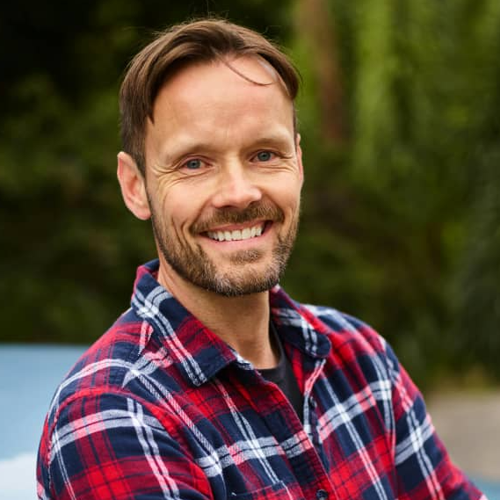
Callum Fraser
Author
Callum Fraser isn't just a writer about Scotland; he's a product of its rugged landscape and rich history. Born and raised in Perthshire, with the Highlands as his backyard, his love for the nation's stories was kindled by local storytellers and long walks through ancient glens.
This passion led him to pursue a degree in Scottish History from the University of Edinburgh. For over 15 years, Callum has dedicated himself to exploring and documenting his homeland, fusing his academic knowledge with essential, on-the-ground experience gained from charting road trips through the Cairngorms, hiking the misty Cuillins of Skye, and uncovering the secrets of traditional recipes in his family's kitchen.
As the Editor-in-Chief and Lead Author for Scotland's Enchanting Kingdom, Callum's mission is simple: to be your most trusted guide. He combines meticulous research with a storyteller's heart to help you discover the authentic magic of Scotland — from its best-kept travel secrets to its most cherished traditional recipes.
Latest Articles
Popular Articles
